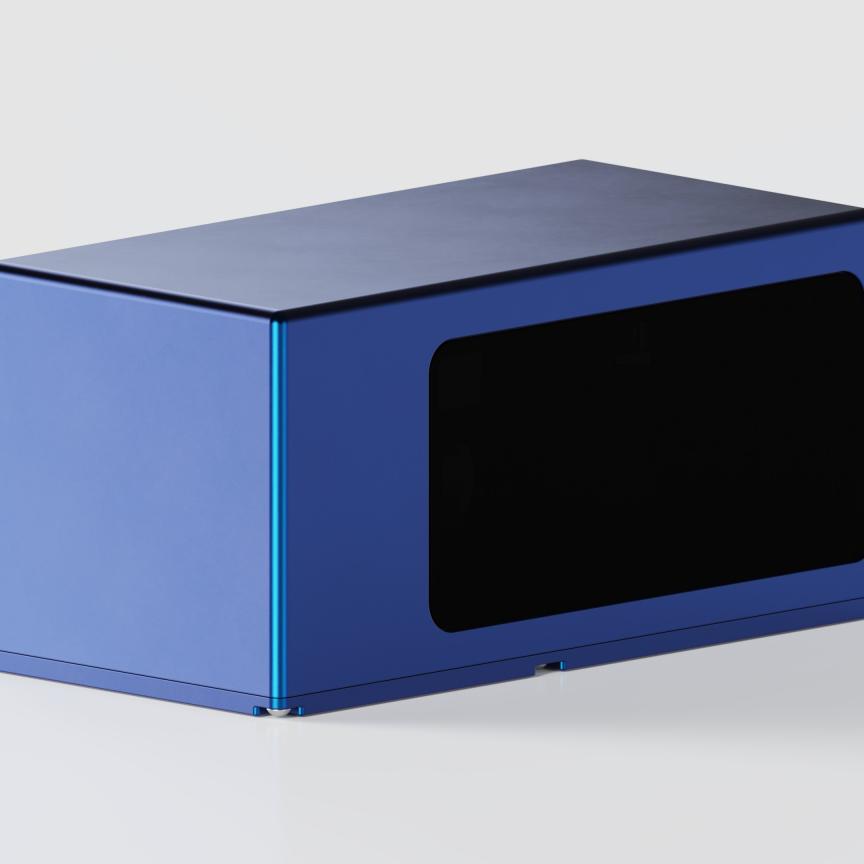Five new NASA airborne field campaigns will take to the skies starting in 2015 to investigate how long-range air pollution, warming ocean waters, and fires in Africa affect our climate. As part of the project, Penn State University, NASA Langley Research Centre scientists, and company Exelis will collaborate to provide a fibre laser which will be used to carry out remote sensing of greenhouse gases to improve understanding of climate change.
The Atmospheric Carbon and Transport-America project, led by Kenneth Davis of Pennsylvania State University, aims to quantify the sources of regional carbon dioxide, methane and other gases, and document how weather systems transport these gases in the atmosphere.
As part of a NASA contract worth £3.5 million, aerospace, defence and information solutions company Exelis will modify its Multi-Functional Fibre Laser lidar (MFLL) for integration into a NASA aircraft and provide support to the five flight campaigns that will collect gas measurements.
The Exelis MFLL is an active lidar (light detection and ranging), a remote sensing method, that uses light in the form of an intensity modulated continuous wave laser to measure the difference in absorption of the atmosphere at two closely spaced wavelengths.The different absorption figures along with a measurement of range can be used to determine the number of a specific molecule, such as carbon dioxide, in that column of air.Unlike passive instruments measuring carbon dioxide, active lidar can take measurements at night, at high latitudes and through thin clouds, enabling the collection of a more complete data set.
The research goal of the NASA campaign is to improve identification and predictions of carbon dioxide and methane sources and sinks using spaceborne, airborne and ground-based data over the eastern half of the United States.
‘This is key because we really don’t know enough about the carbon cycle to take steps to predict and manage its environmental effects,’ said Jeremy Dobler, Exelis programme manager and senior scientist.
‘These new investigations address a variety of key scientific questions critical to advancing our understanding of how Earth works,’ added Jack Kaye, associate director for research in NASA's Earth Science Division in Washington. ‘These innovative airborne experiments will let us probe inside processes and locations in unprecedented detail that complements what we can do with our fleet of Earth-observing satellites.’
Related stories
Frequency combs measure greenhouse gases over a two kilometre path
Something in the air: Jessica Rowbury looks at the various light-based techniques for monitoring atmospheric pollution
Further Information

